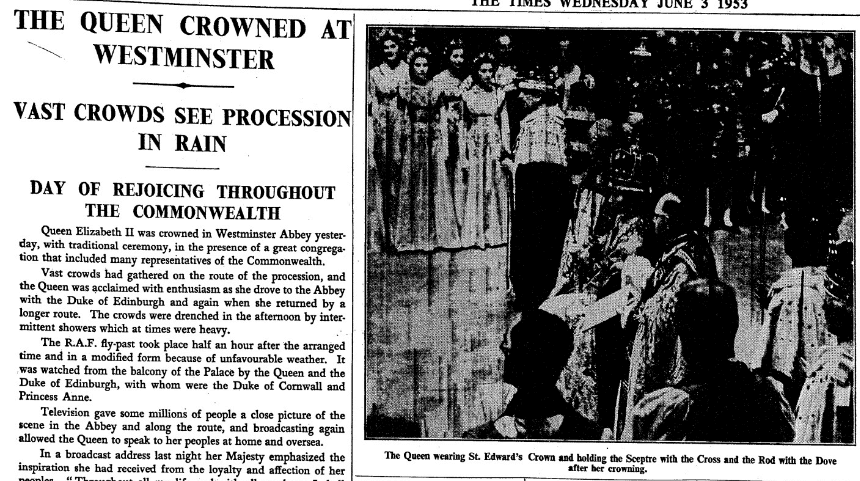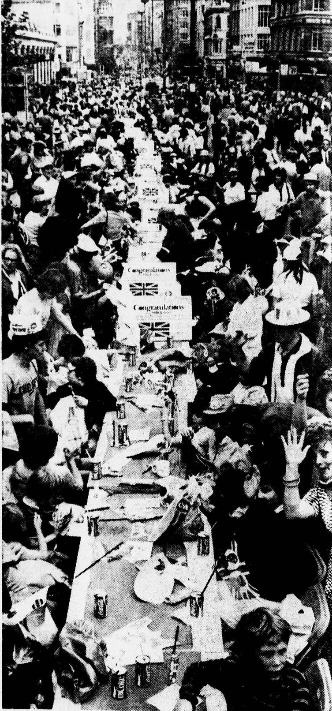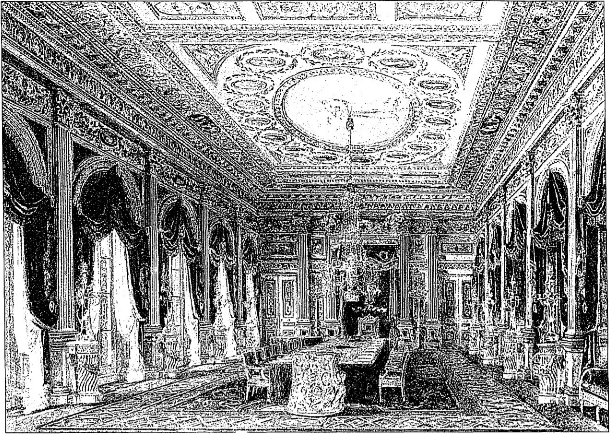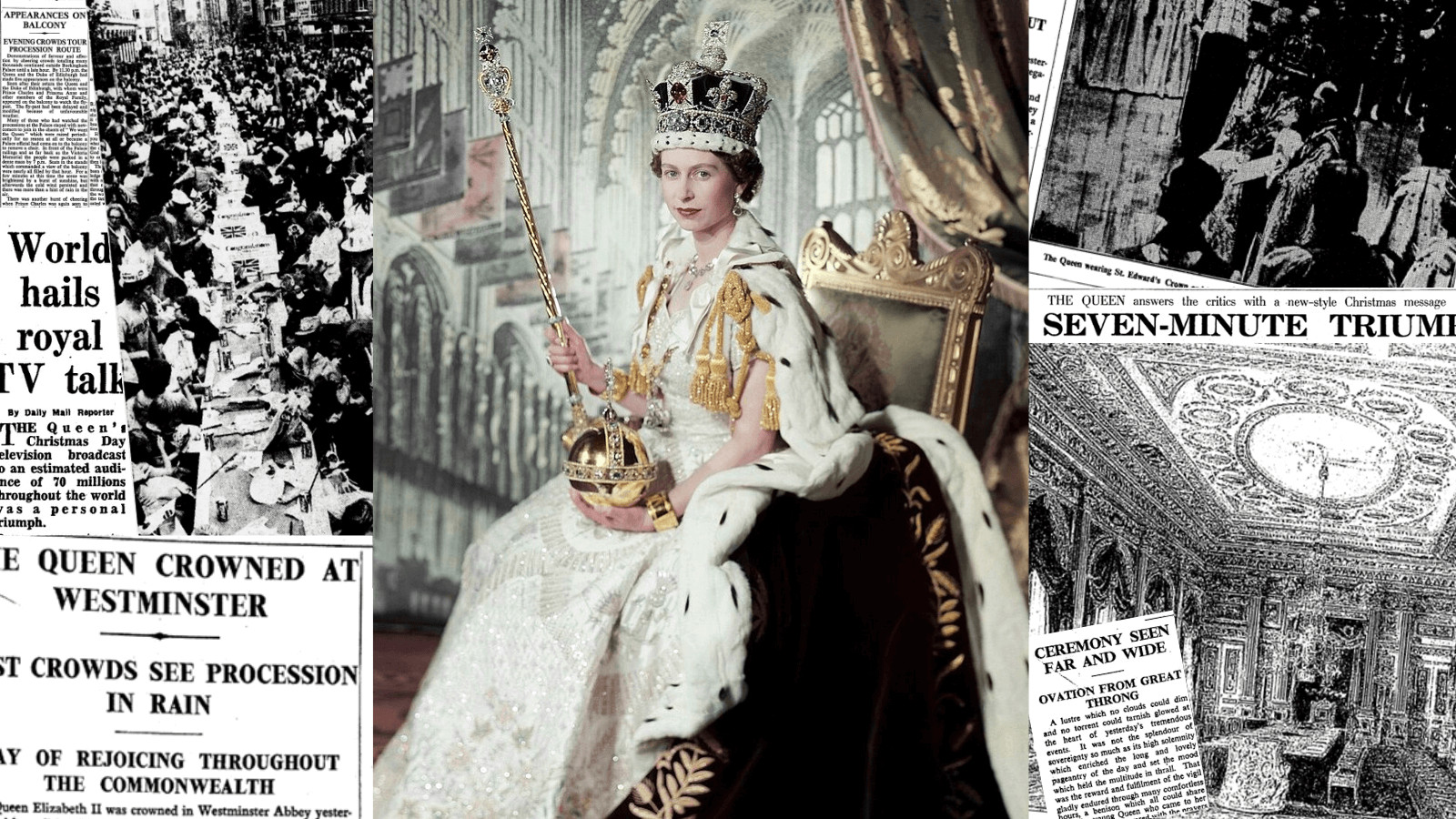│By Ava Nichols, Senior Gale Ambassador at the University of Aberdeen│
Following the passing of the longest reigning monarch in British history, the nation mourns the tragic loss of Queen Elizabeth II. I thought it was an apt time to reflect on some of the monumental accomplishments achieved during her reign. When Queen Elizabeth II was crowned in 1952, Her Majesty’s youthful ambition offered a sense of hope for change and progress for the British public. Reigning during the twentieth and twenty first centuries, the Queen made historical changes within the establishment, such as embracing technology. Through Gale Primary Sources, I researched The Times Digital Archive and the Daily Mail Historical Archive in order to gain a greater understanding of the modernisation of the monarchy. These digital collections offer a vast range of newspaper articles and publications from the twentieth century, increasing access to history and the potential for research within these collections around the globe.
The First Televised Coronation
During the reigns of British monarchs earlier in history, there had been a great divide between the royal family and the British public. However, Queen Elizabeth II recognised this separation and made several choices to develop her connection with the people of the nation. The Queen began this process in 1952 during her coronation, the first significant event of a monarch’s reign, by courageously deciding to televise the event held at Westminster Abbey. According to a newspaper article in The Times Digital Archive, ‘Television gave some millions of people a close picture of the scene in the Abbey and […] allowed the Queen to speak to her peoples at home and overseas.’ By conducting the first televised coronation in British history, the Queen lifted the barrier between the monarch and the nation. Thus began the increased accessibility of the royal family, and the development of a closer connection between the royals and the British people.

The Christmas Speech – a ‘Seven-Minute Triumph’
In 1957, the Queen made further progress by conducting her first televised Christmas speech from Sandringham House. With the new medium of television, this broadcast made history as it allowed the British public to not only hear, but also see the Queen deliver her speech. Watching the broadcast in the comfort of their own homes, this made the Queen’s message more personal and direct. In addition to increasing the Queen’s likability, this use of new technology illustrated the royal family’s modernisation and integration with these new, fast-developing industries. In an article from the Daily Mail Historical Archive, the Daily Mail called the Christmas speech a ‘seven-minute triumph’ and revealed that the broadcast was watched by ‘an estimated audience of 70 million throughout the world’. With technology, the Queen was able to address citizens globally and establish a positive impression in the early stages of her reign.
![Daily Mail Reporter. "A Seven-Minute Triumph." Daily Mail, 27 Dec. 1957, p. [1]. Daily Mail Historical Archive](https://review.gale.com/wp-content/uploads/2022/10/Gale-Review_Image-3.png)
‘The World’s Biggest Street Party’
By broadcasting royal ceremonies on television, the British public felt increasingly involved in royal events, with occasions such as royal weddings lifting the spirits of the nation and providing an event they too could celebrate. Many believe, therefore, that events such as royal weddings enhance the country’s national pride and help us all to feel a part of the lives of royals – and they a part of ours. Indeed, Britain now commemorates the occasions of royal weddings with bank holidays, and many host street parties with neighbours and friends. From Gale’s Daily Mail Historical Archive, the image below displays the celebrations of Prince Charles and Lady Diana Spencer’s royal wedding in July 1981. David Williams in the Daily Mail described ‘the world’s biggest street party’: with the help of the Oxford Street Association, a party was held on Oxford Street, providing entertainment and 10 tons of food to more than 5,000 children at a row of tables that was 1 ¼ miles long!

Opening the Gates to Buckingham Palace
In 1993, the Monarch made another change to custom and practice that saw the historic divide between public and royals shrink further, opening the gates of Buckingham Palace to tourists in order to pay for the fire damage at Windsor Castle. Costing £8 per head, all 40,000 bookable tickets for the months of August and September were sold within days of the Queen’s announcement. Through Gale’s Advanced Search tool in The Times Digital Archive, I discovered an article with a drawing of Buckingham Palace’s interior (below). In this article, the author explains that the public were granted the opportunity to see the State Apartments and their collection of furniture, porcelain and paintings during these bookable tours. In addition to welcoming the British people into the palace, this led to a boost in UK tourism, which benefitted the economy.

A Modern Monarch
In the twenty-first century, the Queen has made further developments with the British public by participating in British pop culture for major events, such as the 2012 London Olympics and the Platinum Jubilee. While the establishment continues to embrace the preservation of tradition as well, the Queen’s decisions to open the palace gates and publicise the monarchy via television and British pop culture have allowed the institution to move with the times and stay current. Using The Times Digital Archive and the Daily Mail Historical Archive, I researched the monumental occasions in the Queen’s rule as Monarch and I would argue that it was because of her readiness to modernise the monarchy, and increase its accessibility to the public – including embracing new technology – that Queen Elizabeth II developed a warm connection with the public, capturing their hearts and becoming both a well-respected and beloved figure, very positively representing the crown.
If you enjoyed reading about the British Monarchy and British cultural history, check out:
- British Royal Babies Through the Ages
- The Death of George V – As Reported First in The Times
- “A Tale of Two Collections”: The Stuart Papers and Cumberland Papers at the Royal Archives, Windsor Castle
- Off with Her Head? The Initially Mixed Reaction to Queen’s Iconic Song ‘Bohemian Rhapsody’
- From Jeu de Paume to Strawberries and Cream: A Brief History of Tennis and the Wimbledon Championships
Blog post cover image citation: A montage of images from this blog post, combined with “Queen Elizabeth II and Prince Philip, Duke of Edinburgh. Coronation portrait, June 1953, London, England” from the Royal Collection Trust available on Wikimedia (public domain).

